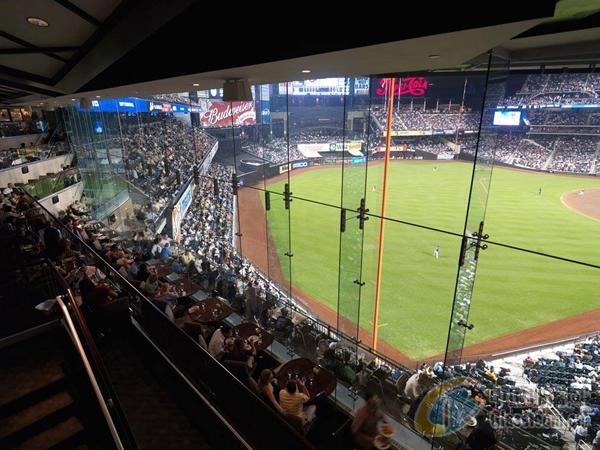Post Time:Feb 04,2017Classify:Industry NewsView:937
At W&W Glass, we often view glass as a work of art as much as we do an integral cladding element to a project.

It can be easy to value form over function when looking at some of our more unique projects in our portfolio, but every once in a while it’s nice to remind ourselves that sometimes the most important element of glass is that you can see through it.
For point-supported applications, high transparency is always the goal. Whether it’s to let the sunlight in to illuminate a building interior or to invite window shoppers into a store to have a closer look.
There are many applications where highly transparent facades serve an important function as much as an aesthetic statement.
When new technology emerged in the 1960’s for point-supported systems, it became clear that these systems could be used for more than just interior racquetball courts.
They could be used as the exterior cladding for sporting venues such as racetracks and stadiums. A highly transparent facade could provide a tall and wide, unobstructed view of the track or field while keeping the spectators sheltered from the elements.
Over the years, we’ve seen this niche expand dramatically. Lone Star Park in Grand Prairie, Texas is a great example of an older application that has stood the test of time.
It is a simple, yet highly functional Pilkington Planar™ structural glass wall with 905 drilled countersunk fittings on suspended cantilevered glass fins.
The monolithic glass facade encloses the spectators in an indoor environment where they can enjoy the race from a comfortable vantage point. The same can be said of the Indianapolis Motor Speedway.
This pagoda inspired, tiered structure has multiple monolithic glass fin point-supported facades that enclose sections of each level, allowing for an exhilarating experience as the cars race to the finish line.
Since then, cutting edge technology has come a long way…allowing the industry to push the boundaries of what can be possible with larger, heavier glass make-ups and more minimal supports.
The glass fin point-supported facades supplied for Citi Field in Queens, NY and Yankee Stadium’s Mohegan Sun Club (aka The Batter’s Eye) are great examples of systems designed specifically for baseball fields.
The wide modules and tall glass lites coupled with monolithic glass fins provide an excellent panorama of the field while keeping onlookers protected from the humid summer air and the occasional fly ball.
The Mohegan Sun Club also has Pilkington OptiviewTM anti-reflective coated glass that has custom Pilkington PlanarTM Integral 905 fittings laminated inside the face glass to help limit the distraction to the batter from the reflectivity/glare of the glass and fittings.
Meanwhile, guests can enjoy an ideal view and upscale dining experience from the comfort of their luxury bleacher-style seating above the outfield so they don’t miss any of the action.
Point-supported applications for sports arenas are a perfect fit. They’re a great example of structural glass being used as a highly functional element for each project, while maintaining a sharp and luxurious aesthetic consistent with the rest of the architecture.
This is just one of many applications for point-supported systems, so make sure to check out our blogs on retail store facades and transportation hubs for even more great examples of what these Pilkington Planar™ systems can achieve.
Source: www.wwglass.comAuthor: shangyi
PrevUnexplored depths: the world’s largest telescope will peer out into space with technology from Mainz
AGC to Exhibit “Touch” Glass Installation at Milan Design Week 2017Next